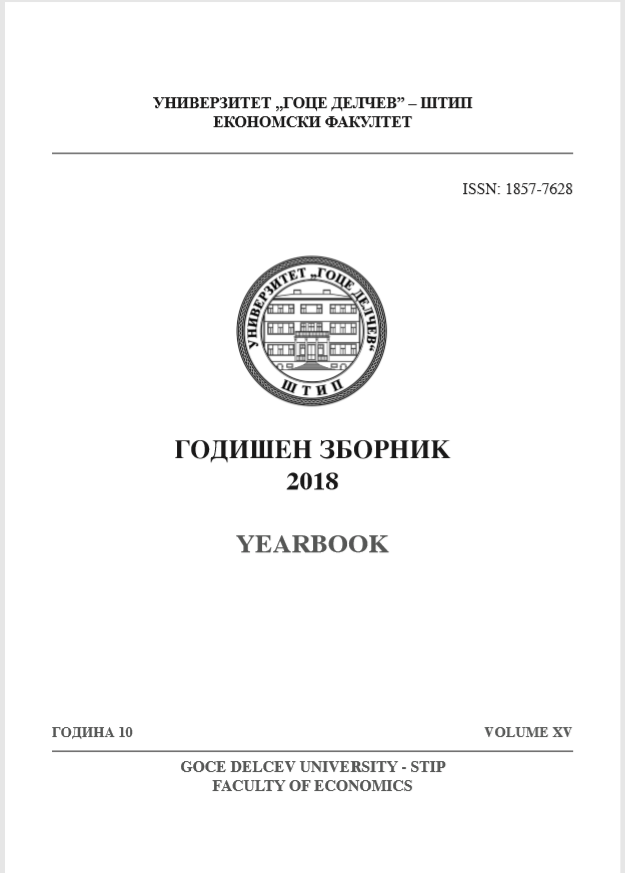ПРЕФЕРИРАЊЕ НА ПРАВИЛНО ОДНЕСУВАЊЕ НА ИНДИВИДУИТЕ И ГРУПИТЕ ВО ОРГАНИЗАЦИСКИТЕ СИСТЕМИ
Keywords:
организација, однесување, групи, индивидуи.Abstract
Секое општество се стреми кон постојан развој, што во голема мерка зависи од неговата стопанска активност преку која се создаваат производи и услуги за задоволување на потребите на поединците, но и на општеството во целина. Носители на стопанската активност се различните форми за организирањеорганизации. Организациите се социјални или општествени творби, создадени заради контролирано извршување на заедничките цели. Организацијата може да се сфати како едно тело со многу органи што имаат различни функции и цели кои произлегуваат од поделбата на работата. Организирањето е процес на поделба на работите меѓу групите и индивидуите, и координирање на нивните активности за постигнување на целите на организацијата. Во текот на работењето, и индивидуите и организацијата како целина се развива и се соочува со одредени предизвици. Особено е интересно да се набљудува организацијата како еден целосен организам, а секоја индивидуа како негов составен дел.

